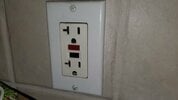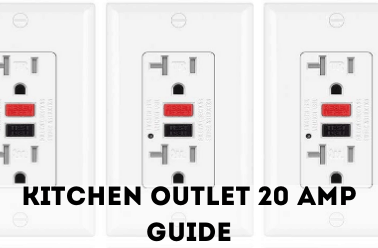I feel like a complete idiot not realizing this before since we've been blowing the 15 amp GFIC breaker since our Tesla install. So I looked at photos of the old panel and realized that they used to be 20 amp breakers but they're now 15 amp breakers on the distribution panel with 14 gauge romex. My first conclusion was that perhaps the house was built wrong and that they should never have had 20 amp breakers but then I did some reading and learned that GFIC outlets must be on a 20 amp breaker and since my GFIC plugs have 20 amp plug receptacles, I feel like an idot for now realizing this sooner.
So then I realized that those were extended loads. Next I climbed into the attic and removed the junction box cover and verified that those two loads were indeed 12 gauge but extended with 14 gauge.
The panel is even labeled GFIC on those breakers. The county inspector apparently completely missed it too.
So then I realized that those were extended loads. Next I climbed into the attic and removed the junction box cover and verified that those two loads were indeed 12 gauge but extended with 14 gauge.
The panel is even labeled GFIC on those breakers. The county inspector apparently completely missed it too.




:max_bytes(150000):strip_icc()/kitchen-electrical-code-basics-1821527-hero-09fe7b0ecff34664aed19658e11cfd36.jpg)

